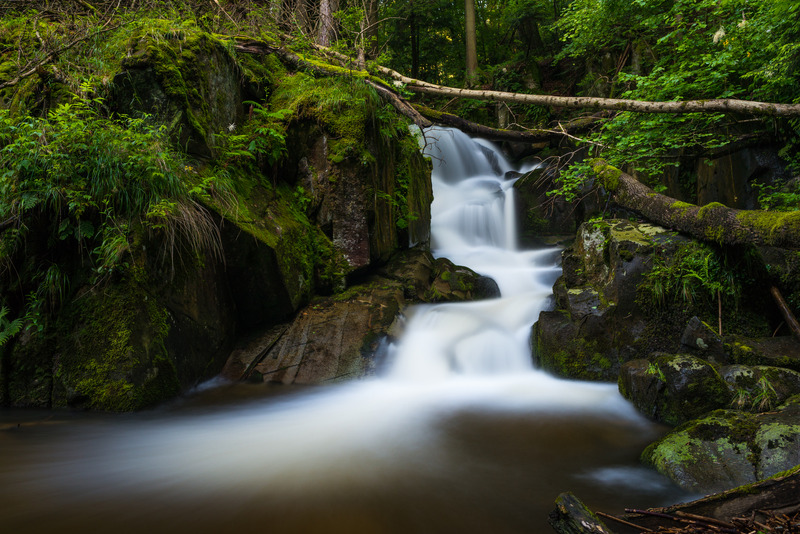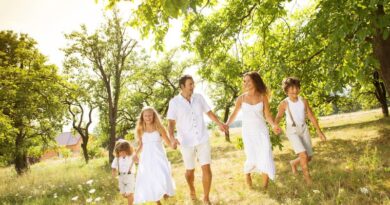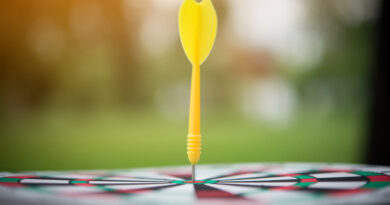Photography Guide to Mastering Shutter Speed

So you now want to ditch the automatic mode and show your creative side in photography. Maybe you have been looking at some of the great photos online that showcase a photographer’s artistic skills and abilities, or you just want to be creative with your camera. Either way, you need to learn how to control the shutter speed so as to be proficient with your camera.
Shutter speed is one of the 3 most important settings in photography, the other two being ISO and aperture. This setting control two things in your camera:
the brightness of your photos,
the dramatic effect in an image (blurring motion or freezing action).
We will explain everything you need to know about this camera setting.
Shutter speed is controlled by a camera shutter (a curtain that opens and closes the sensor when the camera fires). The shutter opens when the camera fires to expose the sensor to light. After the sensor collects enough light, the shutter closes immediately. The speed at which ‘curtains’ open and closes is what is called shutter speed. Let’s talk about this in greater depth.
What Is Shutter Speed?
This is the length of time a camera shutter is open to allow light to pass through the sensor. In practical terms, this is the time it takes for a camera to take a photo. The speed with which a camera takes a shot has a few effects in the end product- image.
For instance, a long shutter speed exposes your sensor to light for a longer period, which means your image will be brighter and have motion blur. In other words, moving objects in your photo will be blurred in the direction of motion. This works great on things that are in motion, such as birds, motorbikes, cars, etc.

Nikon D600, f8, 1/10
Also, a landscape photographer may use longer shutter speed to take the perfect shot of a waterfall or a flowing river, while keeping the surroundings sharp.
On the other hand, fast shutter speed can be used to freeze motion. You can eliminate motion from fast-moving objects. For instance, you can take a sharp shot of a moving car or birds in flight using fast shutter speed.
In other words, you can use shutter speed to create an effect of motion (long shutter speed) or freeze action in moving objects (fast shutter speed).
How Is Shutter Speed Measured?
We have been talking about long and fast shutter speed, but what are the figures? Shutter speeds are measured in seconds and milliseconds. For instance, a shutter speed of 1/200 means 0.02 seconds or 1/200th of a second. This is also known as exposure time because it represents the time a sensor is exposed to light.
Most digital cameras have a wide range of shutter speeds, with others have a “Bulb” mode whereby you can keep the shutter open as you take your shots.
Which Is the Best Shutter Speed?
When in automatic mode, your camera tries to guess the best shutter speed for every shot. Unfortunately, it can end up taking an overly blurred or exposed photo because it can’t always guess it right.
This is the main reason many photographers switch to manual mode so that they can control shutter speed themselves.
To determine the best shutter speed, there are a few things to keep in mind:
Camera Shake
This occurs when you are holding your camera by hand. No matter how steady you can be, you will rarely stand still, there will always be slight movements with your hands that will faintly show in your shots, such as lack of sharpness or blurriness.
You can avoid the effects of camera shake when taking photos of stationary objects by using faster shutter speed. The effect will be more noticeable when you are using lenses that have a long focal length.
As a rule of thumb, use a shutter speed of 1/focal length. For example, the ideal shutter speed for a 200mm lens should be 1/200.
Motion Blur
This occurs when you are taking a shot of a moving subject such as a speeding car. If you use slow or long shutter speed, the car will move across the frame while the shutter remains open, thereby causing blurriness in the image.
To avoid this, use a fast shutter speed as this will reduce the blurring effect. However, you should only do this when you want to eliminate motion blur. There are times you will want to convey movement or speed in a scene. During that time, use long shutter speed to keep the subject blurred and the background sharp.
Level of Exposure
Your scene should be properly exposed in your images. Slower shutter speed allows in more light, which means that a photo taken in a bright room in this setting will be overly exposed. The opposite is true.
Therefore, to ensure the right exposure, adjust your shutter speed accordingly. Keep in mind that exposure also depends on your ISO speed and aperture.
Creative Effects

Sometimes you want to showcase creative effects in your shots. For example, using long shutter speed to take blurred crowd shots, capture trails of light from stars and cars, make moving water appear foggy, etc.
Alternatively, you can use fast shutter speed to capture exquisite “frozen” motion, such as sportspeople in action, water splashes, birds in flight, etc.
Of course, you will need a lot of trial and error to master the art of having creative effects in your shot.
Final Thoughts
Shutter speed is one of the aspects that affect exposure in photography as it controls the length of time a camera sensor allows light in.
Long shutter speeds are normally used to take shots of moving objects, especially when you want to show motion (blurriness).
Fast shutter speed is used when you want to take sharp shots of stationary or moving objects. It eliminates blurriness in moving objects by ‘freezing’ motion.
Therefore, there is no ideal shutter speed- it all depends on what you want to capture and how you want it to look in your final image.










